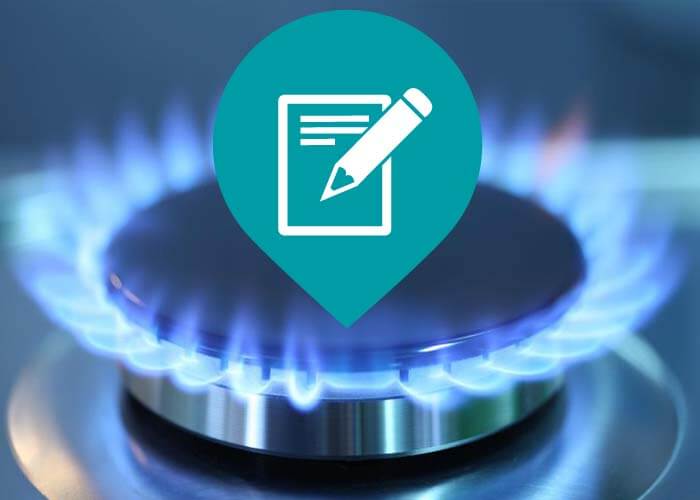
Just how Does the Natural Gas Shipment System Work?
Just how Does the Gas Distribution System Job?
Gas flowing from greater to reduce stress is the essential principle of the gas delivery system. The quantity of pressure in a pipe is gauged in pounds per square inch.
From the well, the gas goes into "celebration" lines, which resemble branches on a tree, getting larger as they get closer to the main collection factor.
Celebration Systems
A celebration system might require one or more area compressors to move the gas to the pipe or the handling plant. A compressor is a machine driven by an interior combustion engine or turbine that creates stress to "press" the gas with the lines. A lot of compressors in the gas delivery system utilize a percentage of natural gas from their very own lines as fuel.
Some natural gas gathering systems include a handling center, which executes such features as eliminating pollutants like water, carbon dioxide or sulfur that may corrode a pipe, or inert gases, such as helium, that would certainly minimize the power worth of the gas. Handling plants also can eliminate small quantities of lp and also butane. These gases are made use of for chemical feedstocks and also various other applications.
The Transmission System
From the celebration system, the gas actions right into the transmission system, which is generally made up of concerning 272,000 miles of high-strength steel piper.
These huge transmission lines for natural gas can be compared to the country's interstate freeway system for automobiles. They move huge amounts of gas hundreds of miles from the producing regions to local circulation business (LDCs). The stress of gas in each section of line usually varies from 200 pounds to 1,500 pounds per square inch, relying on the type of area in which the pipeline is running. As a precaution, pipes are developed as well as created to handle much more pressure than is ever actually reached in the system. For example, pipelines in more populated locations run at less than one-half of their design pressure degree.
Lots of significant interstate pipelines are "looped"-- there are 2 or even more lines running alongside each other in the exact same right-of-way. This supplies maximum ability during durations of peak demand.
Compressor Stations
Compressor terminals are located approximately every 50 to 60 miles along each pipe to increase the stress that is lost with the friction of the natural gas relocating through the steel pipeline. Lots of compressor stations are totally automated, so the devices can be started or quit from a pipeline's main control space. The control space can additionally remotely operate shut-off valves along the transmission system. The operators of the system keep thorough operating information on each compressor terminal, as well as continuously adjust the mix of engines that are running to make the most of effectiveness and security.
Gas actions via the transmission system at approximately 30 miles per hour, so it takes several days for gas from Texas to arrive at an energy receipt factor in the Northeast. In the process, there are lots of affiliations with other pipes and other energy systems, which uses system operators a lot of flexibility in moving gas.
Linepack
A 50-mile section of 42-inch transmission line operating at about 1,000 extra pounds of pressure contains about 200 million cubic feet of gas-- sufficient to power a kitchen range for greater than 2,000 years. The quantity of gas in the pipeline is called the "linepack.".
By raising and reducing the stress on any type of pipe segment, a pipeline company can use the segment to store gas during durations when there is much less need at the end of the pipe. Making use of linepack in this way allows pipeline drivers to manage hourly variations sought after very successfully.
Natural gas pipes and energies use really sophisticated computer system models of client need for natural gas, which associate day-to-day and hourly usage trends with seasonal and also ecological elements. That's why clients can depend upon the integrity of gas-- when it's required, it exists.
Gateway Terminals.
When the gas in a transmission pipe reaches a regional gas energy, it typically travels through a "gateway station." Utilities regularly have here gateway stations receiving gas at several locations and also from numerous different pipes. Entrance terminals serve 3 functions. Initially, they decrease the stress in the line from transmission levels (200 to 1,500 pounds) to circulation degrees, which range from 1/4 pound to 200 extra pounds. After that an odorant, the distinctive sour fragrance associated with natural gas, is included, to make sure that consumers can smell even small quantities of gas. Lastly, the gate terminal determines the circulation price of the gas to determine the amount being gotten by the utility.